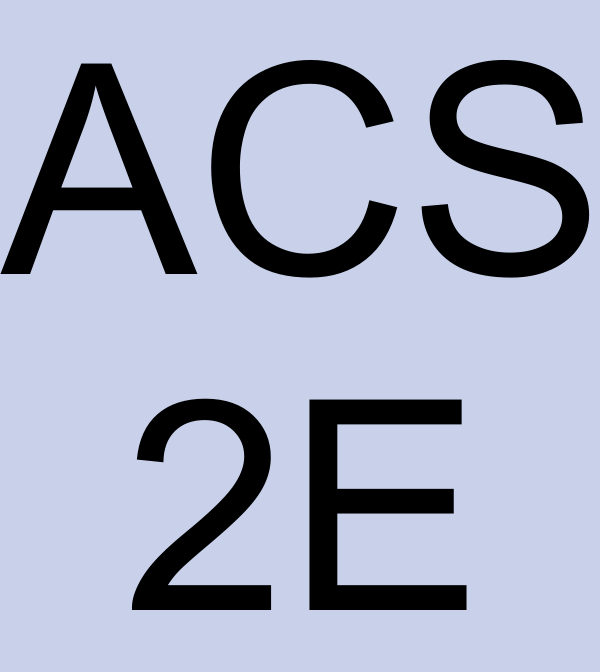Preview Activity 7.5.1.
Any time that the rate of change of a quantity is related to the amount of a quantity, a differential equation naturally arises. In the following prompts, we encouner two such scenarios; for each, we want to develop a differential equation whose solution is the quantity of interest.
(a)
Suppose you have a bank account in which money grows at an annual rate of 3%.
If you have $10,000 in the account, at what rate is your money growing?
(b)
Suppose that you are withdrawing money from the account at $1,000 per year. What is the rate of change in the amount of money in the account that these withdrawals induce? What are the units on this rate of change?
(c)
For a bank account with $\(P\) that earns 3% annual interest and from which you withdraw $1,000 per year, what differential equation does \(P\) satisfy?
(d)
Now consider a different scenario. Suppose that a water tank holds 100 gallons and that a salty solution, which contains 20 grams of salt in every gallon, enters the tank at 2 gallons per minute.
How many grams of salt enter the tank each minute?
(e)
Suppose that initially there are 300 grams of salt in the tank. How many grams of salt are in each gallon at this point in time?
(f)
Finally, let \(A(t)\) represent the amount of salt in the tank at time \(t\text{.}\) Suppose that evenly mixed solution is pumped out of the tank at the rate of 2 gallons per minute. How much salt leaves the tank each minute?
(g)
What is the total rate of change in the amount of salt in the tank? Use your observations in the preceding questions (that involve the rates at which salt enters and leaves the tank) to write a differential equation satisfied by \(A(t)\text{.}\)

